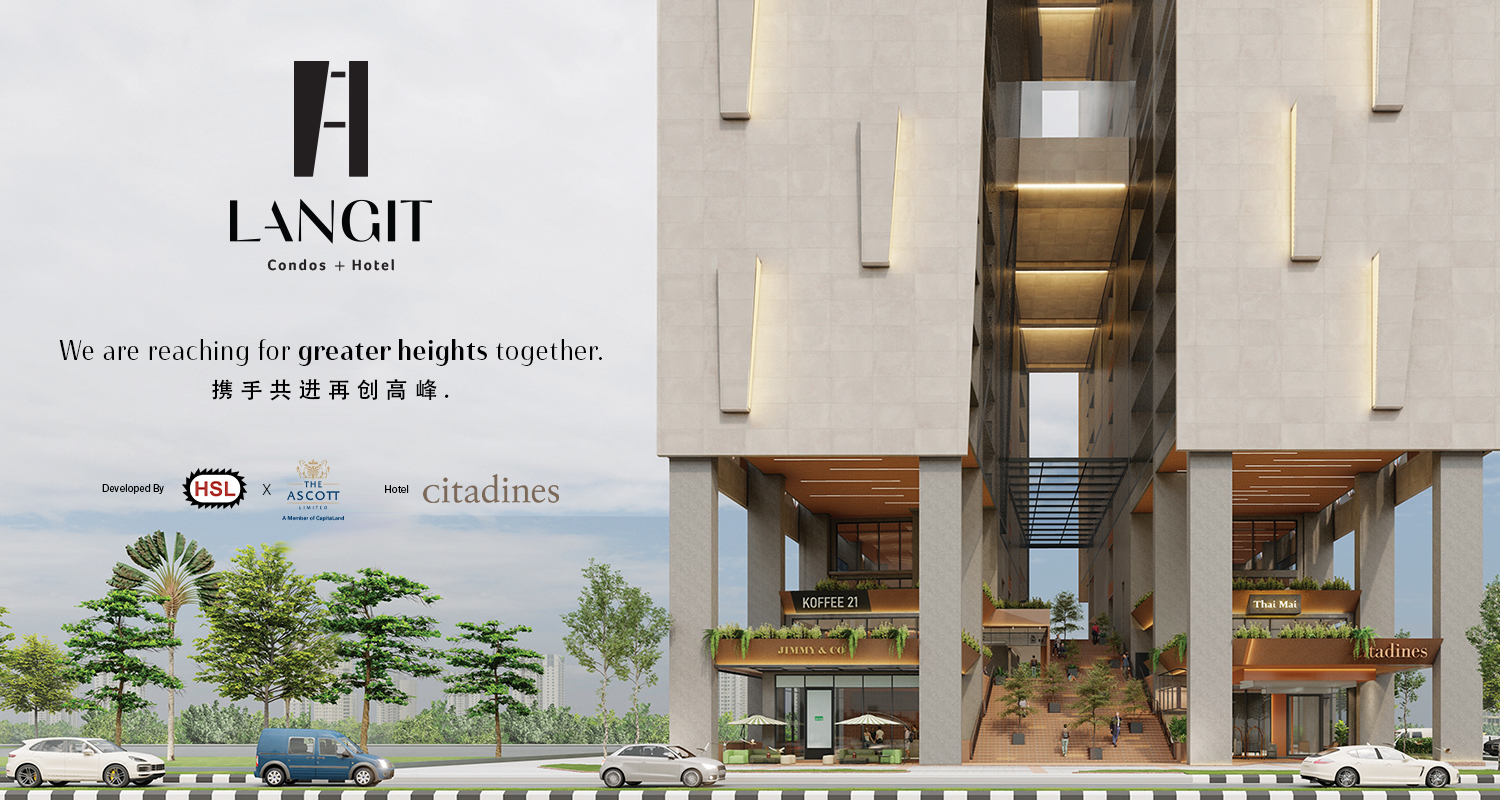
By D’Drift Team
BETONG, July 4: Having heard of the famous Engkilili’s Batu Nabau, the D’Drift Team could not pass by without paying the giant snake a visit. Strangely, it felt like we were in the nest of an anaconda.
At first, we thought all we could find was a rock that resembles a snake head, and probably nothing else that is too mind-boggling. But oh, we were so, so wrong.
Driving from Engkilili town to the entrance of Batu Nabau took us only about five minutes. All there was to remember about the short trip were the really annoying skinny speed bumps.
From the entrance of Batu Nabau which is by the Sungai Bukong bridge, it was another 10 minutes of leisure walk while occasionally having to step over fallen trees, to reach the snake rock.



There is a clear path into the woods for it has been travelled by many including tourists. You will have reached your destination once you find a flight of stairs.
Going down the stairs, the nine-metre long ‘snake’ would be right in front of you. It could hardly go unnoticed. The first thing that came to mind was how lifelike the snake was.
The boulder used to be painted to look like the skin of a snake, but the color was now all gone. Moss blanketed the stone, but it looked more like a snake now than then.
D’Drift Team members started taking pictures and videos of the biggest snake rock that was at the centre of attention. Nobody seemed to notice the surroundings, yet.
When we finally diverted our focus and began exploring around, we saw a second ‘snake’ right beside the largest one, and behind it were several other boulders that looked like eggs or baby snakes.
That was not all. Right in front of the biggest snake rock, and past the altar the Chinese community has set up for worship, was another tiny protruding rock, that looked like a snake head, too.
Standing there, we looked and felt so little, and it suddenly dawned on us that if those ‘snakes’ were real, then we would have been in the nest of an anaconda!
It was a windless and calm afternoon, but there was a certain smell in the humid air. The boulders looked as if they could come alive any minute, and we would definitely be their first meal – yikes!
Wild imagination aside, Engkilili’s Batu Nabau is absolutely a must-visit tourist attraction. Don’t just hear what people say, but go and see and experience for yourself the mysterious vibe the legendary snake rocks are oozing.


No 4D, no eggs, no fresh milk
In Sarawak with such diverse culture, every mythical place comes with taboos. So does Batu Nabau.
It is forbidden to climb on the snake rock for photo taking, and visitors are banned from throwing eggs and milk on it. Though altars were set up for worship, praying for lottery numbers is strictly disallowed.
Warning signs and notices are erected along the way, so be sure to obey the rules. Otherwise, there could be unimaginable consequences.


Now, what about the myth or story behind the surreal site?
It is believed that in ancient times, a head hunter was running from his enemies from Bukit Kana until Sungai Bukong, where the snake rock currently is. At the time, Sungai Bukong was huge and the head hunter could not cross to the other side of the river.
So he prayed to ask for help, and a snake suddenly appeared. The head hunter then rode the snake to cross the river. Upon reaching the riverbank, he beheaded the snake that helped him, fearing that his enemies could cross the river the same way.
The snake that was killed then turned into a rock which the locals now call ‘Batu Nabau’, which literally means the rock of a giant snake.
A drizzling start to D’Drift 2022
It has been drizzling on and off throughout the entire road trip for the D’Drift Team today, from Kuching to Engkilili and to Betong.
At 9am, the D’Drift 2022 convoy of three four-wheel vehicles was flagged off by Minister of Tourism, Creative Industry and Performing Arts Dato Sri Abdul Karim Rahman Hamzah at Dayakdaily’s office at TT3 Soho in Kuching.
This was the first day of the 10-day D’Drift 2022 trip, Dayakdaily’s annual event where its journalists travel across Sarawak to do travel-writing while highlighting local issues.

By 11.30am, we reached Engkilili town and went straight to Batu Nabau. We spent about 25 minutes with the snake rocks before returning to town for lunch.
We went back on the road at about 2.30pm, on a hunt for another treasure of Engkilili, which is comparatively lesser known and spoken of than Batu Nabau.
D’Drift Team only made a quick stop at the destination before we continued on our journey further north to Betong. We will be staying here for the night.
Engkilili’s second attraction is very much worthy of a page of its own, so we will leave the rather mixed-feelings’ experience until tomorrow. Stay tuned! — Dayakdaily
Related articles:
Travelogue, Day 2 – Engkilili’s century-old red temple — ‘1/15 Fraction Company’
Travelogue, Day 3 – Let Sibu Street Art be world-renowned like Penang’s
Travelogue, Day 4 – Found in Tatau: Any guesses on what these trees are called?
Travelogue, Day 5 – Checking up on wild boar Robin, and testing Jendela’s WiFi Hotspot in rural areas
Travelogue Day 6 – Four-hour intense ‘bull ride’ to Lusong Laku
Travelogue, Day 7 – Traditional Sarawak-Japanese cuisine fusion: Wiggling sago worms on sushi
Travelogue, Day 8 – Japan, South Korea use manganese slag by-product to build roads, but Malaysia calls it waste
Travelogue, Day 9 – ‘Karau’ the sweet boy from Batang Ai National Park HQ
Travelogue, Day 10 – ‘Kopi o’, ‘kopi o peng’ in Tatau, Samalaju cost RM2.50, most expensive so far this trip








